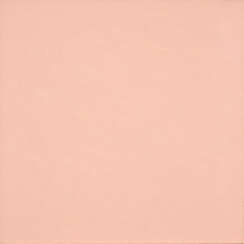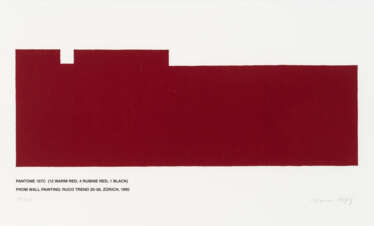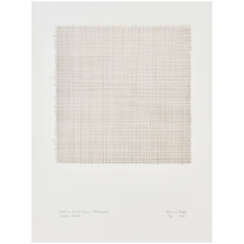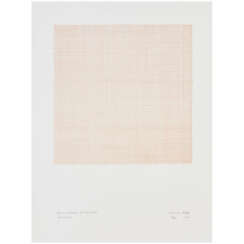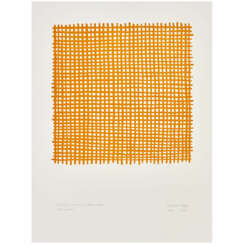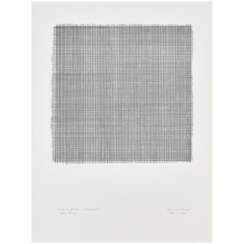marcia hafif (1929 - 2015)
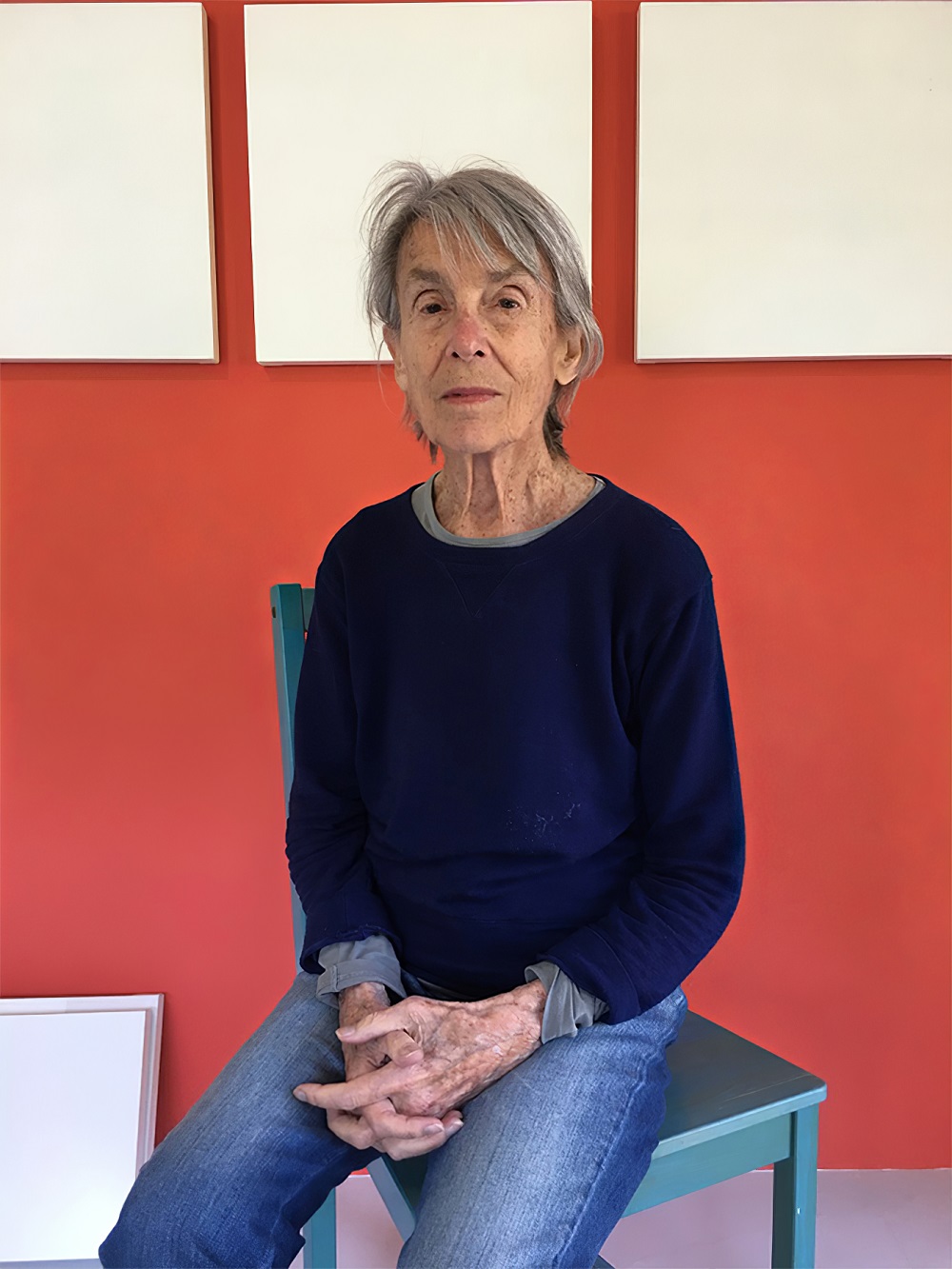
Marcia Jean Hafif was an American artist known for her contributions to the Minimalist and Conceptual art movements. She began her artistic career in the 1950s, exploring various mediums and styles before finding her distinctive voice.
Hafif's work often focused on the exploration of color, light, and the essence of materials. She was particularly interested in the interplay between perception, process, and the physicality of paint. In the 1970s, Hafif embarked on her groundbreaking series titled "The Inventory," where she meticulously painted a series of monochromatic works, each dedicated to exploring a specific color. These paintings emphasized the qualities and variations of a single hue, challenging traditional notions of representation and expanding the possibilities of color as a subject matter.
Later in her career, Hafif extended her exploration of color to include a broader range of media, such as photography, film, sound, text, installation, and printmaking. She continued to push boundaries and experiment with different materials and processes, always striving to deepen her understanding of color's impact on perception and experience.
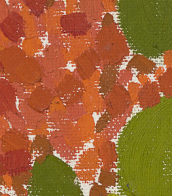

Marcia Jean Hafif was an American artist known for her contributions to the Minimalist and Conceptual art movements. She began her artistic career in the 1950s, exploring various mediums and styles before finding her distinctive voice.
Hafif's work often focused on the exploration of color, light, and the essence of materials. She was particularly interested in the interplay between perception, process, and the physicality of paint. In the 1970s, Hafif embarked on her groundbreaking series titled "The Inventory," where she meticulously painted a series of monochromatic works, each dedicated to exploring a specific color. These paintings emphasized the qualities and variations of a single hue, challenging traditional notions of representation and expanding the possibilities of color as a subject matter.
Later in her career, Hafif extended her exploration of color to include a broader range of media, such as photography, film, sound, text, installation, and printmaking. She continued to push boundaries and experiment with different materials and processes, always striving to deepen her understanding of color's impact on perception and experience.
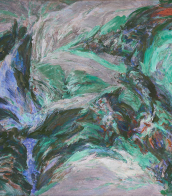

Marcia Jean Hafif was an American artist known for her contributions to the Minimalist and Conceptual art movements. She began her artistic career in the 1950s, exploring various mediums and styles before finding her distinctive voice.
Hafif's work often focused on the exploration of color, light, and the essence of materials. She was particularly interested in the interplay between perception, process, and the physicality of paint. In the 1970s, Hafif embarked on her groundbreaking series titled "The Inventory," where she meticulously painted a series of monochromatic works, each dedicated to exploring a specific color. These paintings emphasized the qualities and variations of a single hue, challenging traditional notions of representation and expanding the possibilities of color as a subject matter.
Later in her career, Hafif extended her exploration of color to include a broader range of media, such as photography, film, sound, text, installation, and printmaking. She continued to push boundaries and experiment with different materials and processes, always striving to deepen her understanding of color's impact on perception and experience.


Marcia Jean Hafif was an American artist known for her contributions to the Minimalist and Conceptual art movements. She began her artistic career in the 1950s, exploring various mediums and styles before finding her distinctive voice.
Hafif's work often focused on the exploration of color, light, and the essence of materials. She was particularly interested in the interplay between perception, process, and the physicality of paint. In the 1970s, Hafif embarked on her groundbreaking series titled "The Inventory," where she meticulously painted a series of monochromatic works, each dedicated to exploring a specific color. These paintings emphasized the qualities and variations of a single hue, challenging traditional notions of representation and expanding the possibilities of color as a subject matter.
Later in her career, Hafif extended her exploration of color to include a broader range of media, such as photography, film, sound, text, installation, and printmaking. She continued to push boundaries and experiment with different materials and processes, always striving to deepen her understanding of color's impact on perception and experience.
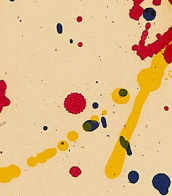

Marcia Jean Hafif was an American artist known for her contributions to the Minimalist and Conceptual art movements. She began her artistic career in the 1950s, exploring various mediums and styles before finding her distinctive voice.
Hafif's work often focused on the exploration of color, light, and the essence of materials. She was particularly interested in the interplay between perception, process, and the physicality of paint. In the 1970s, Hafif embarked on her groundbreaking series titled "The Inventory," where she meticulously painted a series of monochromatic works, each dedicated to exploring a specific color. These paintings emphasized the qualities and variations of a single hue, challenging traditional notions of representation and expanding the possibilities of color as a subject matter.
Later in her career, Hafif extended her exploration of color to include a broader range of media, such as photography, film, sound, text, installation, and printmaking. She continued to push boundaries and experiment with different materials and processes, always striving to deepen her understanding of color's impact on perception and experience.
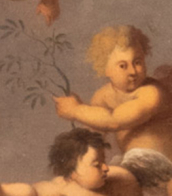

Marcia Jean Hafif was an American artist known for her contributions to the Minimalist and Conceptual art movements. She began her artistic career in the 1950s, exploring various mediums and styles before finding her distinctive voice.
Hafif's work often focused on the exploration of color, light, and the essence of materials. She was particularly interested in the interplay between perception, process, and the physicality of paint. In the 1970s, Hafif embarked on her groundbreaking series titled "The Inventory," where she meticulously painted a series of monochromatic works, each dedicated to exploring a specific color. These paintings emphasized the qualities and variations of a single hue, challenging traditional notions of representation and expanding the possibilities of color as a subject matter.
Later in her career, Hafif extended her exploration of color to include a broader range of media, such as photography, film, sound, text, installation, and printmaking. She continued to push boundaries and experiment with different materials and processes, always striving to deepen her understanding of color's impact on perception and experience.
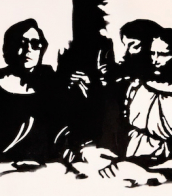

Marcia Jean Hafif was an American artist known for her contributions to the Minimalist and Conceptual art movements. She began her artistic career in the 1950s, exploring various mediums and styles before finding her distinctive voice.
Hafif's work often focused on the exploration of color, light, and the essence of materials. She was particularly interested in the interplay between perception, process, and the physicality of paint. In the 1970s, Hafif embarked on her groundbreaking series titled "The Inventory," where she meticulously painted a series of monochromatic works, each dedicated to exploring a specific color. These paintings emphasized the qualities and variations of a single hue, challenging traditional notions of representation and expanding the possibilities of color as a subject matter.
Later in her career, Hafif extended her exploration of color to include a broader range of media, such as photography, film, sound, text, installation, and printmaking. She continued to push boundaries and experiment with different materials and processes, always striving to deepen her understanding of color's impact on perception and experience.


Marcia Jean Hafif was an American artist known for her contributions to the Minimalist and Conceptual art movements. She began her artistic career in the 1950s, exploring various mediums and styles before finding her distinctive voice.
Hafif's work often focused on the exploration of color, light, and the essence of materials. She was particularly interested in the interplay between perception, process, and the physicality of paint. In the 1970s, Hafif embarked on her groundbreaking series titled "The Inventory," where she meticulously painted a series of monochromatic works, each dedicated to exploring a specific color. These paintings emphasized the qualities and variations of a single hue, challenging traditional notions of representation and expanding the possibilities of color as a subject matter.
Later in her career, Hafif extended her exploration of color to include a broader range of media, such as photography, film, sound, text, installation, and printmaking. She continued to push boundaries and experiment with different materials and processes, always striving to deepen her understanding of color's impact on perception and experience.


Marcia Jean Hafif was an American artist known for her contributions to the Minimalist and Conceptual art movements. She began her artistic career in the 1950s, exploring various mediums and styles before finding her distinctive voice.
Hafif's work often focused on the exploration of color, light, and the essence of materials. She was particularly interested in the interplay between perception, process, and the physicality of paint. In the 1970s, Hafif embarked on her groundbreaking series titled "The Inventory," where she meticulously painted a series of monochromatic works, each dedicated to exploring a specific color. These paintings emphasized the qualities and variations of a single hue, challenging traditional notions of representation and expanding the possibilities of color as a subject matter.
Later in her career, Hafif extended her exploration of color to include a broader range of media, such as photography, film, sound, text, installation, and printmaking. She continued to push boundaries and experiment with different materials and processes, always striving to deepen her understanding of color's impact on perception and experience.


Marcia Jean Hafif was an American artist known for her contributions to the Minimalist and Conceptual art movements. She began her artistic career in the 1950s, exploring various mediums and styles before finding her distinctive voice.
Hafif's work often focused on the exploration of color, light, and the essence of materials. She was particularly interested in the interplay between perception, process, and the physicality of paint. In the 1970s, Hafif embarked on her groundbreaking series titled "The Inventory," where she meticulously painted a series of monochromatic works, each dedicated to exploring a specific color. These paintings emphasized the qualities and variations of a single hue, challenging traditional notions of representation and expanding the possibilities of color as a subject matter.
Later in her career, Hafif extended her exploration of color to include a broader range of media, such as photography, film, sound, text, installation, and printmaking. She continued to push boundaries and experiment with different materials and processes, always striving to deepen her understanding of color's impact on perception and experience.


Marcia Jean Hafif was an American artist known for her contributions to the Minimalist and Conceptual art movements. She began her artistic career in the 1950s, exploring various mediums and styles before finding her distinctive voice.
Hafif's work often focused on the exploration of color, light, and the essence of materials. She was particularly interested in the interplay between perception, process, and the physicality of paint. In the 1970s, Hafif embarked on her groundbreaking series titled "The Inventory," where she meticulously painted a series of monochromatic works, each dedicated to exploring a specific color. These paintings emphasized the qualities and variations of a single hue, challenging traditional notions of representation and expanding the possibilities of color as a subject matter.
Later in her career, Hafif extended her exploration of color to include a broader range of media, such as photography, film, sound, text, installation, and printmaking. She continued to push boundaries and experiment with different materials and processes, always striving to deepen her understanding of color's impact on perception and experience.







